My childhood friends thought the original The Legend of Zelda for the NES was easy: just gather the eight triforces and defeat Ganon. I had a hard time just finding the second labyrinth. I eventually learned that my trek through Hyrule at the age of seven was actually the Second Quest, a remixed journey with rearranged labyrinths and a much harder difficulty level. Because I’d typed in my user name as “Zelda,” a secret that unlocks the Second Quest, I never actually beat Zelda — until, 30 years later, I played Breath of the Wild.
The Second Quest
The Legend of Zelda was unlike any of its gaming contemporaries. Titles like Kung-Fu, Castlevania, Gyromite, Popeye, Donkey Kong, as well as Super Mario Bros were simpler in scope and required pattern memorization more than equipment strategy. There was nothing to prepare me for the challenges I encountered in the Second Quest, especially without the benefit of a simpler First Quest to teach me the ropes.
The Second Quest throws the toughest foes in the game at you from the beginning. The fierce Knights AKA Darknuts are everywhere. Gibdos and Pols Voices come at you while sword-debilitating red Bubbles make you incapable of attack. In the first labyrinth alone, you have a Dodongo as a mini-boss (who is actually the boss of the second dungeon in the original quest), a room filled with a powered-up Stalfos, and the tougher blue Goriyas rather than the weaker red ones.
I died a lot.
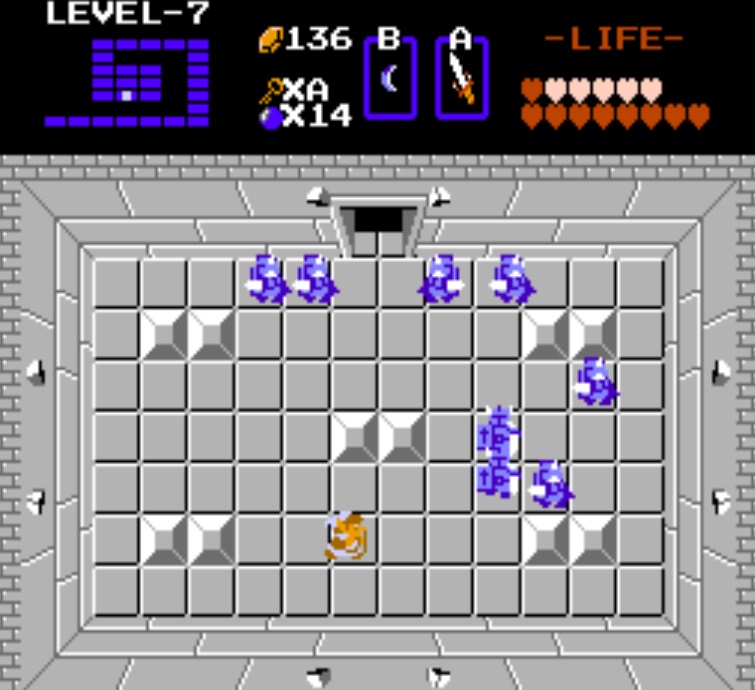
Darknuts, anyone?
Usually, there’s an elegance to solving puzzles in the Zelda games. The designers encourage experimentation with a puzzle requiring the application of a given tool, gradually leading to an “a-ha” moment that unlocks that section. In the next area, there is a buildup in complexity, using the earlier blocks to craft together something more intricate. The tool, whether it’s a bomb, magic wand, ladder, or bow and arrow, is the answer, and the player’s job is to identify the appropriate response to the designer’s question.
While that same philosophy drives the core of the Second Quest, this harder playthrough assumes players understand the key mechanics from the First Quest and makes them much more complex. The Second Quest implemented two gameplay changes that made it so convoluted, aside from the ubiquity of tougher foes.
The first was that there was a much heavier reliance on bombing walls in the labyrinths (they didn’t have the cracked textures visually cuing that they could be blown up that would come in later iterations). The second was the Second Quest-specific ability to walk through certain walls by pressing into them.
I discovered this by accident in a moment of frustration, not knowing where else to go. I remember feeling dumbfounded relief when I discovered the secret. Walking into every wall of every labyrinth became a masochistic obsession. Maps were indispensable in guiding players, but even with their aid, I could never figure out how to finish all the labyrinths.
The Second Quest became in many ways emblematic of my childhood. I moved around a lot, and because of that, any time I arrived somewhere new, I had to find out how to fit in. I learned quickly that one of the fastest ways to make friends (the puzzle) was talking about video games (my tools). Have you played this? Remember this boss? How did you beat this level? Even when I moved to South Korea for two years at the age of eight and couldn’t speak the language, discussions about the NES had a way of overcoming the language barrier. I still recall broken conversations with friends about games like Bionic Commando, Metal Gear, Kid Icarus, and Life Force (although they had the Famicom versions).
Bragging rights came with conquering the harder games. But whenever it got to The Legend of Zelda, I was chagrined to admit that I could not beat it. Every one of my friends had triumphed over Ganon. As many friends pointed out, a “true gamer” would have finished Zelda long ago.
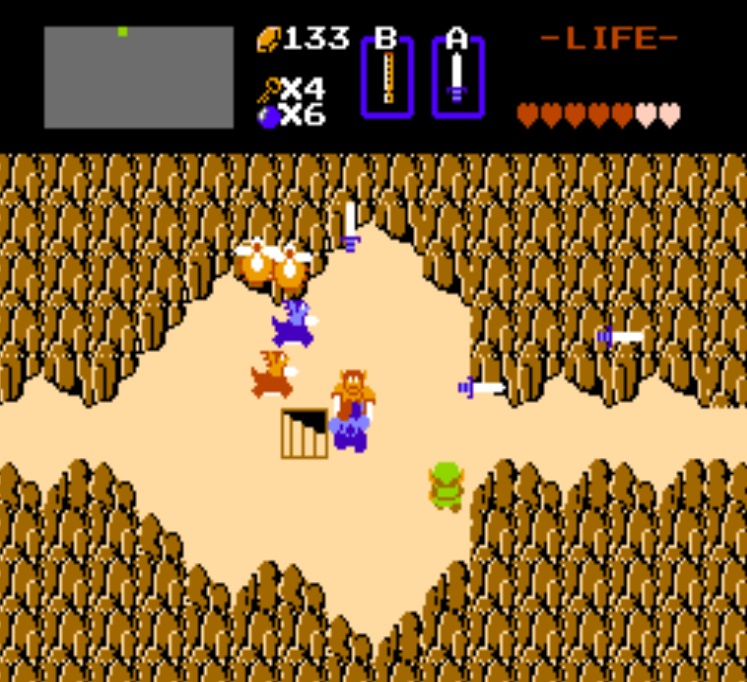
I just want to go down the stairs…
I felt a strong sense of inadequacy, reflected in my social circles. Because we moved so much (back to the States at the age of ten and then every few years after that), any time I’d start to get close to someone, we moved. Like the Second Quest, which I was never able to finish, friendships were fleeting. I can laugh about it now, but it really stung back then. Many people have childhood friends they’re still close to and can meet to reminisce and wax nostalgically about the past. I have a string of retro NES games as a labyrinthine map of my childhood.
Eventually, when I was in high school, a classmate pointed out that I was actually playing the harder Second Quest (indicated by my Link avatar holding a sword in the save file) and told me that the original quest was much easier. I loaded it up, and he was right. I rushed through it and felt elated when I finally made my way through Death Mountain and reached Princess Zelda. But I never went back to the Second Quest, even going so far as to repress the memory of playing it because it’d been so frustrating.
Golden Connection
The developers at Nintendo created the Second Quest because of a mistake by programmer Takashi Tezuka. He’d only used half the space that was allocated for all the dungeon map data, so Shigeru Miyamoto came up with the idea of adding a new quest to give players additional content. As the late President of Nintendo, Satoru Iwata, asked the game’s designers during an interview, “Just wait a second. If Tezuka-san hadn’t messed up, there’d have been no Second Quest?”
It’s often these quirky mistakes that make a big impact on our experiences. For me, it was the way I initially approached Breath of the Wild that brought back memories of the Second Quest.
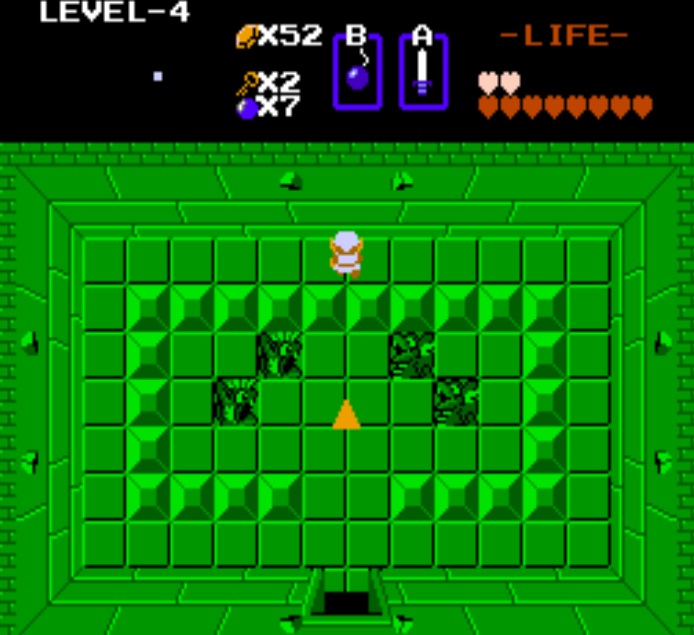
I lost many hours of my childhood because I did not know the passable wall in the upper part of this Triforce room is the only way to get to the raft.
Most Zelda games start you off slow, then ease you into the difficulty. In Breath, the enemies killed me almost immediately. My weapons broke after a few uses. I froze to death multiple times on top of Mount Hylia. And I hadn’t even left the Great Plateau. Rather than strategising and pausing to “catch a breath,” I plunged right in and got killed. It reminded me of how frequently I saw the death “Continue-Retry-Save” screen in The Legend of Zelda‘s Second Quest.
On top of that, finding many of Breath of the Wild’s shrines was as difficult as finding the labyrinths in the Second Quest. Breath requires Link to complete some complex Shrine Quests such as surviving Eventide Island or making your way through one of three Lomei Labyrinths. In the Second Quest, the entrances to eight of the nine labyrinths are hidden within Hyrule’s 128 overworld screens, turning every screen into a potential riddle.
I never knew whether a certain bush could be burned away or a part of the wall could be blasted to uncover a new area. Link has to push aside an Armos to discover the second level, play the whistle in the cemetery for the sixth labyrinth, and bomb a seemingly random location across a river to uncover the eighth part of the underworld.
The two also share a spirit of experimentation that bucks Zelda tradition. In Breath of the Wild, several of the shrines, like the Mirro Shaz Shrine, make obtaining the Spirit Orb (which is usually the main goal) the easy part of the puzzle. Players can then solve a more complex take on the initial puzzle to gain an additional item or items.
It actually reminded me of the fourth labyrinth in the Second Quest, where the primary tool, the raft, can only be accessed after the Triforce (there’s a passable wall in the upper part of the Triforce Altar). Similarly, in the eighth labyrinth, finding the Triforce is actually the easy part, unlike almost every other Zelda level. It’s much harder to get the two treasures, the Magical Key and the Magical Rod, as there’s a tricky, serpentine path to take in order to access them.
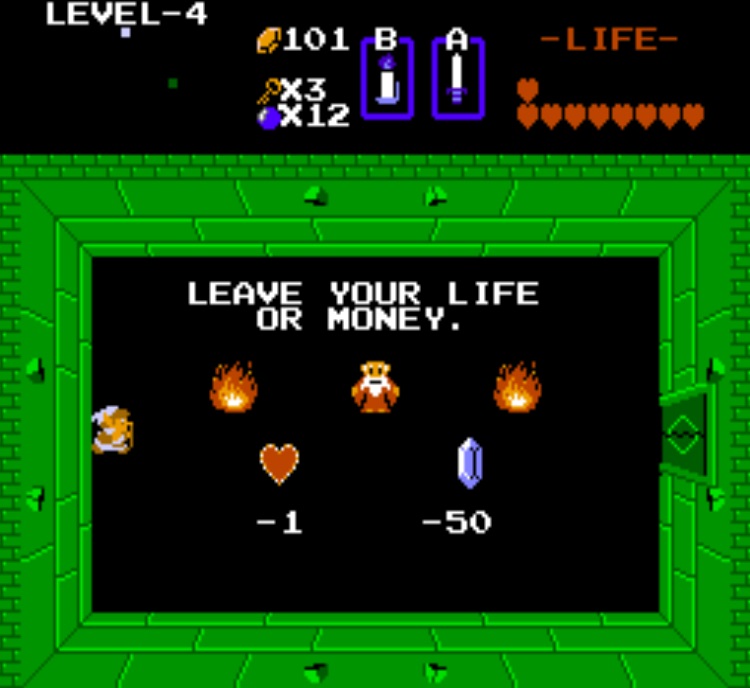
I still hate this guy.
Breath also has the Horned Statue that can swap stamina for hearts. It was akin to those cruel old men in the Second Quest labyrinths who made you choose between rupees and hearts in order to proceed. I wondered if there was a connection between them.
The further I got into Breath, the more I began to realise that this was the game I imagined I was playing when I loaded up that original NES cartridge. When I finished it a hundred hours later, I felt sad to leave the world of Hyrule behind. There wasn’t a Second Quest for Breath, but it left me with a keen desire to go back to the original and finish the quest I never could.
I loaded up the NES game, typed in “Zelda” and began anew.
As I did, I saw the Second Quest in a fresh light. I felt the dialogue established between the designer and me, the player, guiding me through the complicated mazes. If I ever came across an inaccessible item like a key or rupee, I wondered: Is there some other path there? What did I miss earlier? The “a-ha” moments were plentiful, assisted by the lessons I’d learned in Breath. Don’t just brute force it. Carefully plan your next steps. I also was able to see more clearly how the designers experimented with the established archetypes to defy expectations and give players a fresh experience.
I appreciated both quests, and I saw clearly how the NES game was connected to Breath, all the more for knowing the original prototype was set up similar to the NES one. I felt like a young Link going through the Temple of Time as in Ocarina, ageing a few years (ok, decades) and gaining experience from the later Breath of the Wild to understand the earlier quest.
It became a chance for me to contemplate the two very different phases of my life. In childhood, there wasn’t a stable foundation and everything felt so random and difficult, much like the Second Quest. The older me had played through Breath with my wife and understood that there was actually meaning to the seeming chaos.
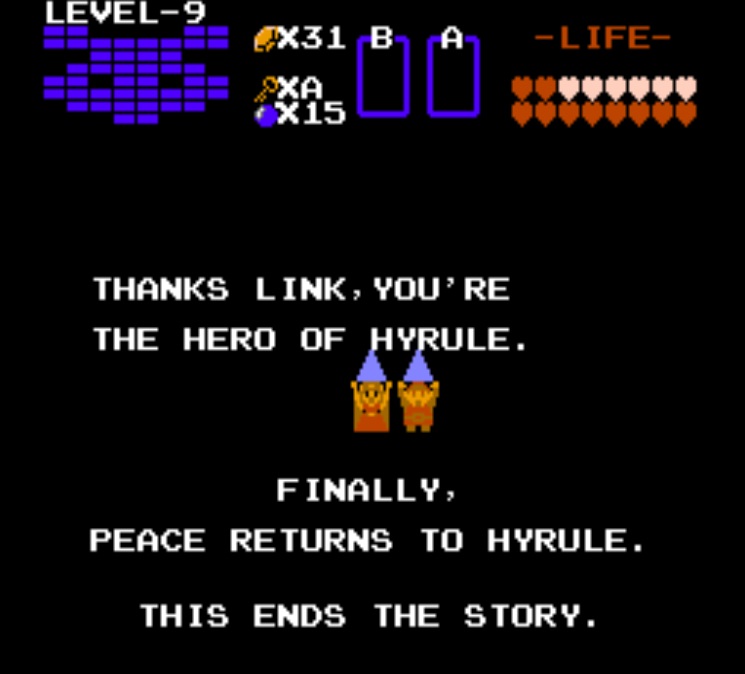
Finally!
It took a while and required a lot of willpower not to consult a FAQ, but I finally beat the Second Quest. The frustrated kid inside of me felt relieved as I fired my silver arrow at Ganon for the second and last time on the NES. I couldn’t have conquered the original Second Quest without having made my way through Breath. The journey was long, but I felt like the two experiences became interconnected. Time and gameplay blended seamlessly into each other. Two seemingly different games from vastly different eras were actually part of the same melody.
I enjoyed every breath of it.
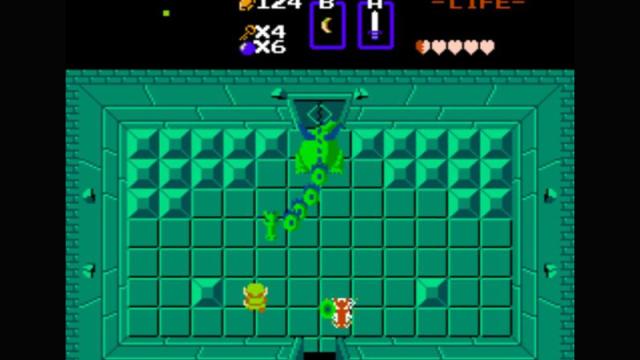
Comments
4 responses to “Breath Of The Wild Helped Me Beat The Legend Of Zelda’s Second Quest”
Great article! Really enjoyed this.
Video games as a way for third culture kids to cope, and to make sense of the chaos of the world — I can definitely relate!
Didn’t you also start the “Second Quest” by finishing the game the first time? I remember the new game + thing from playing as a kid but I never entered Zelda as my name.
That was my most played game between ages 5-8, I beat it countless times. Pulled out the old NES a couple years ago and saw my save file from back then…it said 3 deaths and was 3/4 the way through the NG+. Now those 3 “deaths” also tick up when you save and exit…so pretty sure 8 year old me completed the game and then got 3/4 through NG+ with very few or no deaths, just stopping when I had to for meals etc.
Basically 8yr old me kicks my ass, I peaked too early.
You could get the Second Quest by beating the game, but if you entered your name as Zelda you could skip straight to it.
I actually really enjoyed that. Thank you.
This was a really great article.